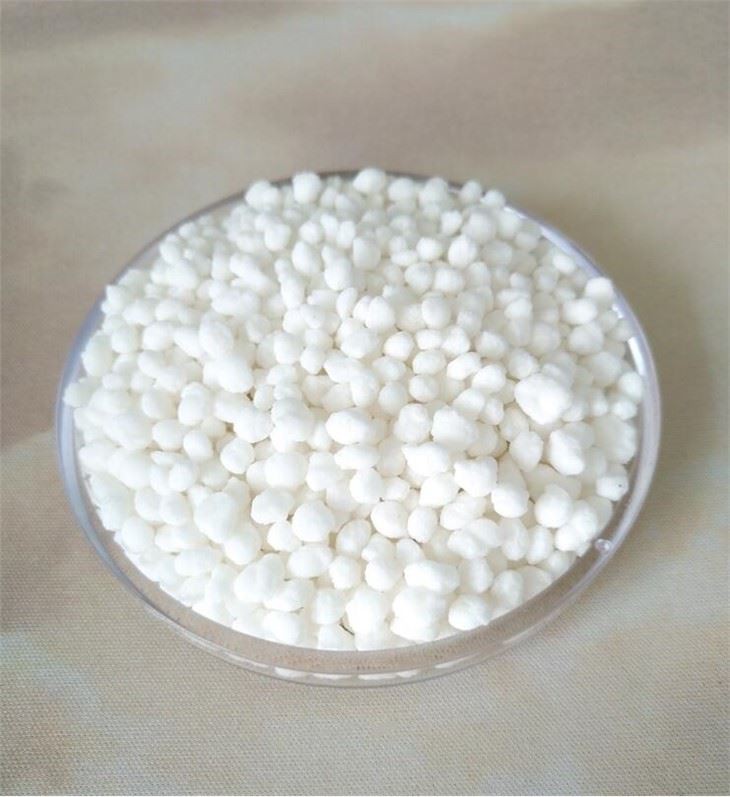



Understanding the Toxic Effects of Polyacrylamide on Human Health and the Environment
Understanding the Toxicity of Polyacrylamide A Comprehensive Overview
Polyacrylamide (PAM) is a synthetic polymer widely used in various industrial, agricultural, and biomedical applications due to its unique properties, including high water solubility, the ability to form gels, and excellent adhesive qualities. While its benefits are extensively recognized, concerns about its potential toxicity have emerged, prompting further investigation into its environmental and health impacts.
Nature of Polyacrylamide
Polyacrylamide is produced through the polymerization of acrylamide, a compound that is classified as a neurotoxin. Acrylamide is formed during cooking certain foods at high temperatures and is also a byproduct of various industrial processes. When PAM is dissolved in water, it can hydrolyze into acrylamide, raising questions about its safety and toxicity.
Toxicity Mechanisms
The toxicity of polyacrylamide is largely attributed to its acrylamide component. Acrylamide has been shown to affect biological systems by disrupting cellular functions and causing neurotoxic effects. Studies in laboratory animals have demonstrated that exposure to acrylamide can lead to neurological damage, reproductive issues, and even carcinogenic effects. The extent of these effects often depends on the concentration of acrylamide, the duration of exposure, and the route of entry into the body.
In addition to its direct effects on human health, polyacrylamide can pose risks to environmental health. When PAM is used in agricultural practices, it can leach into the soil and water systems, potentially harming aquatic life and disrupting ecosystems. This environmental persistence raises concerns about the long-term effects of its usage.
polyacrylamide toxicity

Health Risks
Human exposure to acrylamide, whether through food consumption, occupational exposure, or contact with water treated with PAM, has been a subject of numerous research studies. The International Agency for Research on Cancer (IARC) has classified acrylamide as a probable human carcinogen based on sufficient evidence from animal studies and limited evidence from human studies. Long-term exposure to acrylamide is associated with an increased risk of developing cancers of the thyroid, breast, and other organs.
Moreover, acrylamide affects the nervous system. Workers in industries that produce or utilize acrylamide are particularly at risk. Symptoms of acrylamide exposure may include peripheral neuropathy, characterized by numbness, tingling, and muscle weakness. This condition can severely impact an individual’s quality of life and ability to perform daily activities.
Regulatory Perspectives
Given these potential health concerns, regulatory agencies worldwide have implemented guidelines to manage the risks associated with polyacrylamide and its components. The United States Environmental Protection Agency (EPA) and the European Food Safety Authority (EFSA) closely monitor acrylamide levels in food products and packaging materials. Their regulations aim to minimize exposure and protect public health while allowing for the continued use of polyacrylamide in various industries.
Conclusion
While polyacrylamide is an invaluable material in many industrial and agricultural applications, its toxicity profile necessitates caution. Understanding the implications of its usage and the potential risks associated with acrylamide exposure is crucial. Continued research is essential to evaluate the safe applications of PAM and develop safer alternative substances wherever possible. Public awareness and regulatory oversight can play significant roles in minimizing health risks while capitalizing on the benefits that polyacrylamide offers. As we navigate the balance between industrial benefits and health safety, informed practices, and ongoing research are essential for ensuring a safe and sustainable future.
-
Why Sodium Persulfate Is Everywhere NowNewsJul.07,2025
-
Why Polyacrylamide Is in High DemandNewsJul.07,2025
-
Understanding Paint Chemicals and Their ApplicationsNewsJul.07,2025
-
Smart Use Of Mining ChemicalsNewsJul.07,2025
-
Practical Uses of Potassium MonopersulfateNewsJul.07,2025
-
Agrochemicals In Real FarmingNewsJul.07,2025
-
Sodium Chlorite Hot UsesNewsJul.01,2025










